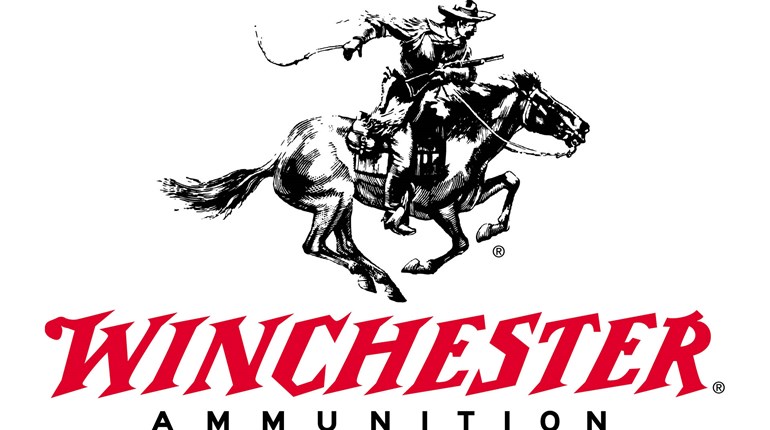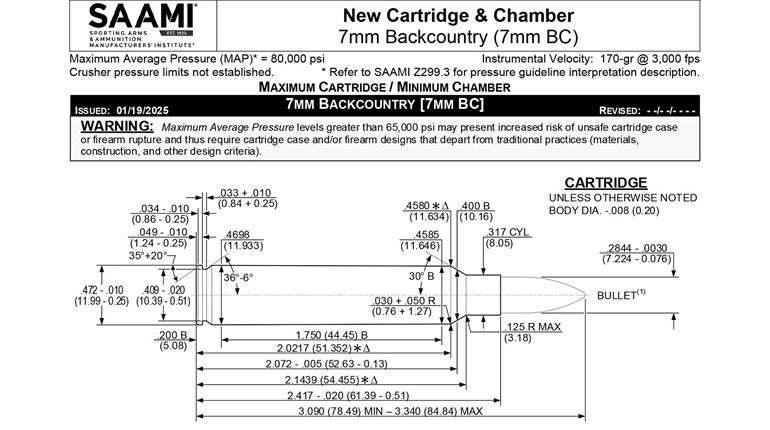What shotgunner hasn’t muttered, “How the heck did I miss that one?” Or ask a partner, “Where did I miss that one?”
Partners, especially on clays ranges, try to help. “You were high ... you were low ... out in front ... stopped your swing.” Sometimes the coaching is correct, but since it’s largely based on guesswork, likely as not it’s wrong. The shooter starts over-correcting, and down go his scores … and his confidence.
To ensure they are on target, long-range riflemen rely on visual confirmation in the form of sighting shots or tracer rounds, but until now clays shooters and bird hunters had no comparable means to help correct errors in marksmanship or equipment. The Winchester AA TrAAcker changes all that. This breakthrough shotshell mimics the effect of tracer rounds and thus can aid shotgunners looking to improve.
Appealing as it might sound, we’re not talking about a swarm of neon pellets. In fact TrAAckers contain the same lead shot as found in other AA loads, the same powder charges and, except for color and markings, the same hulls. Instead of messing with the recipe that makes AAs the world’s most popular shotshell line, Winchester focused on the load’s other component, the wad. “Aha!” you’re thinking—it’s the wad that glows. Well, no, but that’s closer to the truth. In fact, Winchester did experiment with luminous wads, including one made from the material used to produce kids’ glow sticks.
Instead, the TrAAcker wad incorporates what Winchester calls a “shot trap,” essentially a long tube, centrally positioned around a solid stem. The shot charge is loaded in and around that device, and upon firing, several pellets are trapped. The extra weight gives the fired wad more momentum than normal and that allows it to track along with the shot string. In addition, Winchester developed notched, helical petals that impart spin as the wad catches the air, and thus allow it to fly relatively straight.
To maximize wad visibility, Winchester developed a black option to contrast with clear/bright blue sky, as well as a bright orange one intended for cloudy days, dusk or against dark backdrops like trees. To prevent confusion, the orange wads are loaded in matching orange hulls and likewise black in black/gray, and factory packaging is marked accordingly. That should make it easy, even in the midst of a clays tourney, to load the optimum color. Hunters may have more difficulty depending on how the birds are flying, however in our testing we found that the both wads showed up pretty well regardless of the background conditions.
Luckily, I got to try some of the first TrAAckers released by Winchester. There was a bit of a learning curve since shooters are conditioned to focus on the bird and soon learn to disregard the wad.
I test-fired the TrAAckers in multiple sessions on hand- and machine-thrown clays, with shooters of varying experience, with and without coaches. After just a handful of shots our coaches were easily able to observe wad-to-bird positioning, and thereby could analyze errant shots. Soon the spotters could even anticipate the outcome by watching the wad “pursue” its target in what appears almost like a guided-missile sequence. Our test birds maxed out at about 35 yards, and to that distance the wads remained in very close and consistent proximity to breaking targets. Though the wads may lag behind at longer ranges, their flight path should nonetheless be an accurate indicator, at least on straightaway shots.
In our limited use, TrAAckers proved both fun and informative, clearly answering the "where-did-I-miss" questions. We could easily see just how far we were missing, especially on difficult crossing or dropping birds requiring considerable leads. Most impressive was how it helped my son get the hang of breaking a difficult, over-the-shoulder presentation as is commonly seen in 5-stand, not to mention dove fields and goose pits. By the time that bird entered the strike zone it was dropping and swerving hard left, and he struggled to find the correct lead. The wad made it easy for me to track the wayward shots, and while I could call those misses, that alone didn’t solve the glitch. The breakthrough came when the young man reviewed his shots on video, which we did right there in the field on the camera’s display. After seeing the errors with his own eyes, he quickly adjusted and was soon grinding that dirty bird. Based on that, I bet others will also find it very useful to pair TrAAckers with video review.
While TrAAcker ammo can eliminate part of the coaching guesswork, not all coaches are likely to embrace the new load. Although it definitely shows where the shooter is missing, that in itself does not correct problems with mount, footwork, cheek weld, swing and flinching. And so as a coaching tool, it will serve as a useful part of the puzzle, though certainly not a panacea.
Apart from its insightful performance, this system is darn ingenious because it required nothing more than a new wad. And we can all appreciate that at the ammo counter, paying about $1.25 more per box than standard AA shells. Winchester touts it as a training tool rather than an everyday load, and we expect that’s a price many new and veteran shotgunners will be willing to pay.
Technical Specifications:
Type: target shotshells
Gauge/Length: 12-ga./2 3/4"
Dram Equiv./Velocity: 2 3/4 drms./1145 fps; 3 drms. /1250 fps
Shot Sizes/Payloads: No. 7 1/2, No. 8/ 1 1/8 oz.
MSRP: $11 per box of 25





































